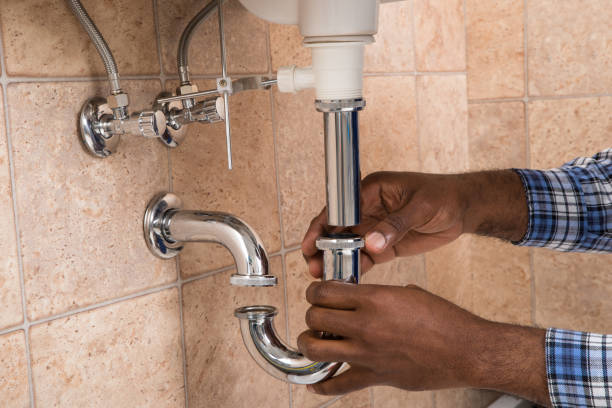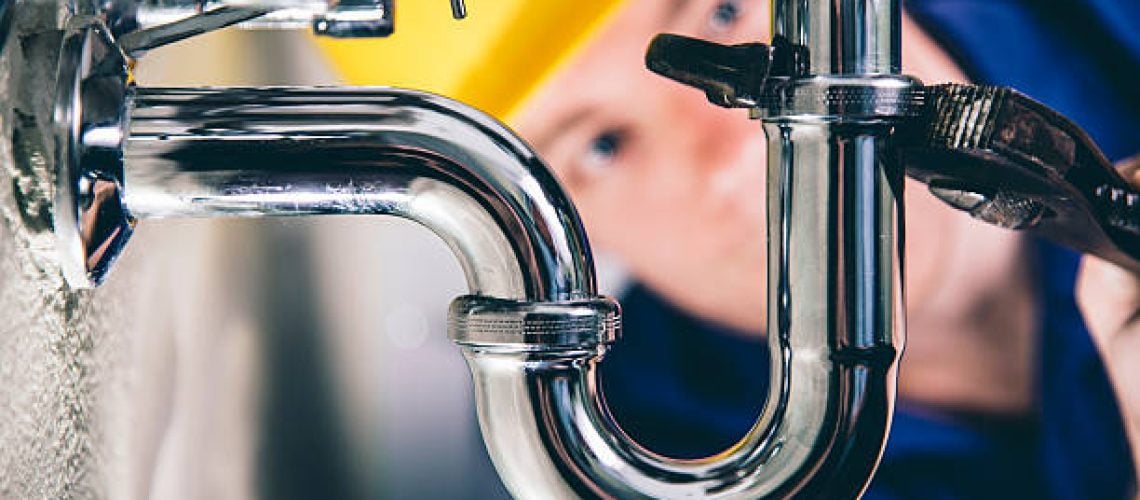Are you hunting for facts and techniques on 6 Common Plumbing Problems and How to Fix Them?

Intro
Keeping a useful plumbing system is critical for a comfortable home. By taking safety nets, you can avoid usual plumbing problems that might interrupt your life and incur pricey fixings.
Routine Maintenance Checks
Consistently checking your plumbing system is essential for determining potential problems before they rise. Examine pipelines, taps, commodes, and devices for leakages, rust, or indications of damage.
Watch What You Flush
Bear in mind what you purge down your bathrooms. Avoid purging things such as wipes, cotton rounds, sanitary products, and paper towels, as these can create blockages and back-ups in your pipes.
Proper Disposal of Grease and Food Waste
Dispose of grease, oils, and food scraps effectively to stop build-up in your pipelines. Prevent pouring grease down the tubes, as it can solidify and cause blockages. Utilize a strainer in your cooking area sink to capture food particles and empty it regularly.
Monitor Water Pressure
Watch on your water stress to avoid stress and anxiety on your pipelines and home appliances. High water pressure can bring about leakages and damage in time. Consider mounting a pressure regulator to keep ideal water stress throughout your home.
Safeguard Pipes from Freezing
During winter, take actions to prevent your pipes from freezing. Shield subjected pipelines, especially those in unheated areas like cellars and attics. Enable taps to leak during freezing temperatures to stop water from cold in the pipes.
Address Leaks Immediately
Deal with any leaks or drips as quickly as you discover them. Even small leaks can drainage and trigger damage to your home gradually. Tighten loose fittings or replace worn-out seals to prevent leaks from worsening.
Be Gentle with Plumbing Components
Avoid utilizing excessive force when operating plumbing fixtures such as taps and valves. Rough handling can create damage, bring about leakages and various other malfunctions.
Regular Drainpipe Cleaning
Set up normal drainpipe cleaning to stop accumulation of hair, soap scum, and various other particles. Utilize a drain serpent or chemical cleaner to eliminate clogs and keep smooth drain.
Mount Water Softeners
Think about installing a water softener if you have hard water. Tough water can cause mineral accumulation in your pipelines and appliances, resulting in minimized water circulation and efficiency.
Inform House Members
Educate everyone in your family regarding correct plumbing techniques. Educate them what should and shouldn't be purged or disposed of down the drain to prevent preventable plumbing troubles.
Verdict
Preventing common plumbing problems in your home needs persistance and normal upkeep. By adhering to these safety nets, you can make sure that your plumbing system operates efficiently and stay clear of costly repairs in the future.
Expert Tips for Preventing Common Plumbing Issues
Keep Drains Clear and Functional
Regularly clean drain covers and hair-catching devices to eliminate debris and prevent buildup. Avoid disposing of grease, oil, or coffee grounds down your drains, as they can congeal and accumulate over time, creating obstructions. Consider using a biodegradable drain cleaner periodically to break down organic matter and maintain clear pipes. Prevent and Identify Leaks Early
Regularly inspect visible plumbing connections, pipes, and fixtures for signs of moisture or corrosion. Fix loose connections or replace damaged components as needed. Install water leak sensors in high-risk areas such as under sinks, near water heaters, and around washing machines to provide early warning of potential leaks. Monitor your water bill for sudden increases in usage, which may indicate a hidden water leak. Protect Plumbing from Freezing Temperatures
Allow faucets to drip slightly during extremely cold weather to prevent freezing and pressure buildup inside the pipes. Seal gaps and openings in walls, doors, and windows near plumbing to prevent drafts from reaching your pipes. Maintain Optimal Water Heater Performance
Schedule annual professional maintenance of your water heater, including checking pressure-relief valves, flushing sediment buildup, and inspecting for corrosion or leaks. Maintain the manufacturer-recommended temperature setting, typically around 120°F (49°C), to optimize energy efficiency and prevent scalding. Consider installing an expansion tank in your system if you have a closed-loop water supply, which prevents excessive pressure buildup and potential water heater failure. https://www.climatecontrolkc.com/blog/plumbing/tips-for-preventing-plumbing-issues/

I am just very drawn to Expert Tips for Preventing Common Plumbing Issues and I'm hoping you enjoyed reading the entire page. If you liked our page please do not forget to pass it around. Thank you so much for taking the time to read it.
Appointment